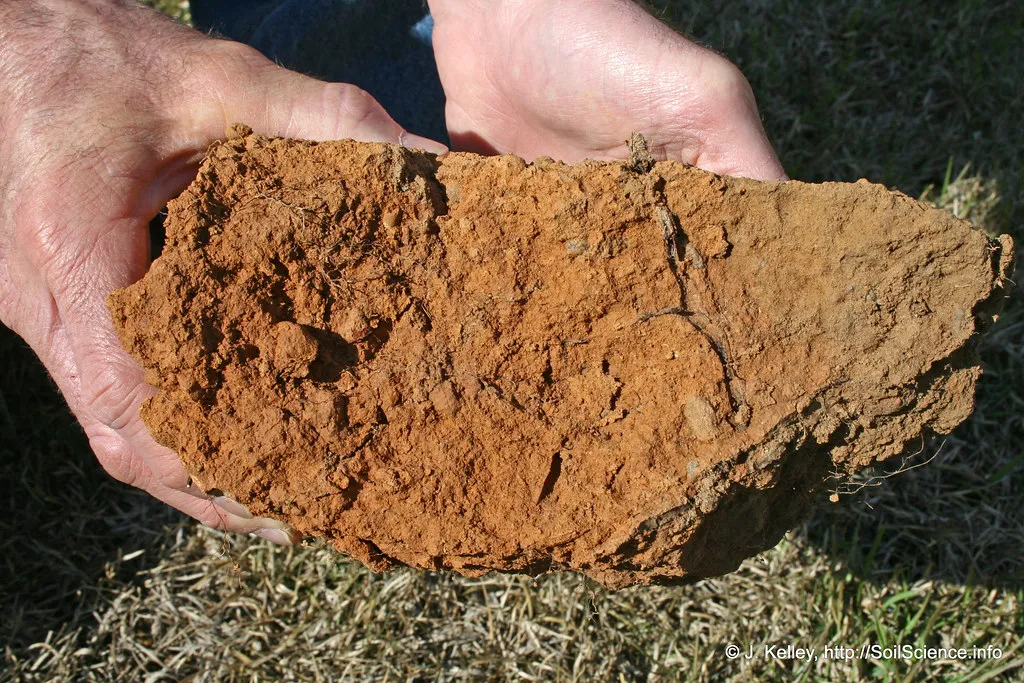A lot of us mistake soil for dirt and vice versa, but it will be good if I explain in clear terms that soil is not dirt. It is an essential part of our ecosystem, it is important for life, it is productive for farmers, and it is essential for a lot of things in our ecosystem. Although, if soil is found in the wrong place, it could be referred to as dirt just like a bone in the plate of a goat is a waste.
Soil is a combination of both organic and inorganic materials found between the lithosphere and the upper part of the Earth's crust. A soil can be composed of Sand, silt, clay, air, water, living organisms, and dead stuff that adds nutrients to the soil. The different materials in the soil have different sizes from the big ones to the microscopic ones.
Either the soil in your area is Geisols, spodosols, Oxisols, Ultisols, or Vertisols, they are all soils. The name of a soil depends on different factors, the parent material, the time it takes for the parent material to break down, the type of organisms living in the soil, the topography, and the climate of the area.
There are a lot of organisms living in the soil with over 1 million organisms living in a handful of fertilized soil. When plants germinate, they take nutrients out of the soil but when they die, they return them to the soil. Soil is a major player in how nutrient flows in our biosphere from the nitrogen cycle, carbon cycle, and so on, they all need the soil.
There are different types of soil, so what? It is important to note that all organisms use them differently which is why we talk about soil properties. With properties, we have the physical which has to do with soil texture, permeability, and porosity, and chemical properties of the soil which include soil fertility.
Aside from agriculture, the soil is home to millions of organisms, and it is a good filter for water that goes to the aquifer, and it is where air meets the ground affecting everything including the climate. One thing that we have learned over time is that soil is good at storing carbon as it would absorb it fr the atmosphere and store it underground.
While soil is doing a whole lot for us, are we doing well enough to keep it safe? That question will be very difficult to answer because the majority of the soil destruction done is masterminded by humans.
REFERENCE
https://www.sciencedirect.com/topics/agricultural-and-biological
https://www.fao.org/4/ac172e/AC172E07.htm
https://extension.umn.edu/soil-management-and-health/five-factors-soil-formation
https://www.soils4teachers.org/formation/
https://www.ctahr.hawaii.edu/mauisoil/a_factor_form.aspx
https://rangelandsgateway.org/topics/rangeland-ecology/twelve-soil-orders
https://www.sciencedirect.com/topics/earth-and-planetary-sciences
https://passel2.unl.edu/view/lesson/2eafec8dd762/3
https://www.nature.com/scitable/knowledge/library/soil-carbon-storage-84223790/

